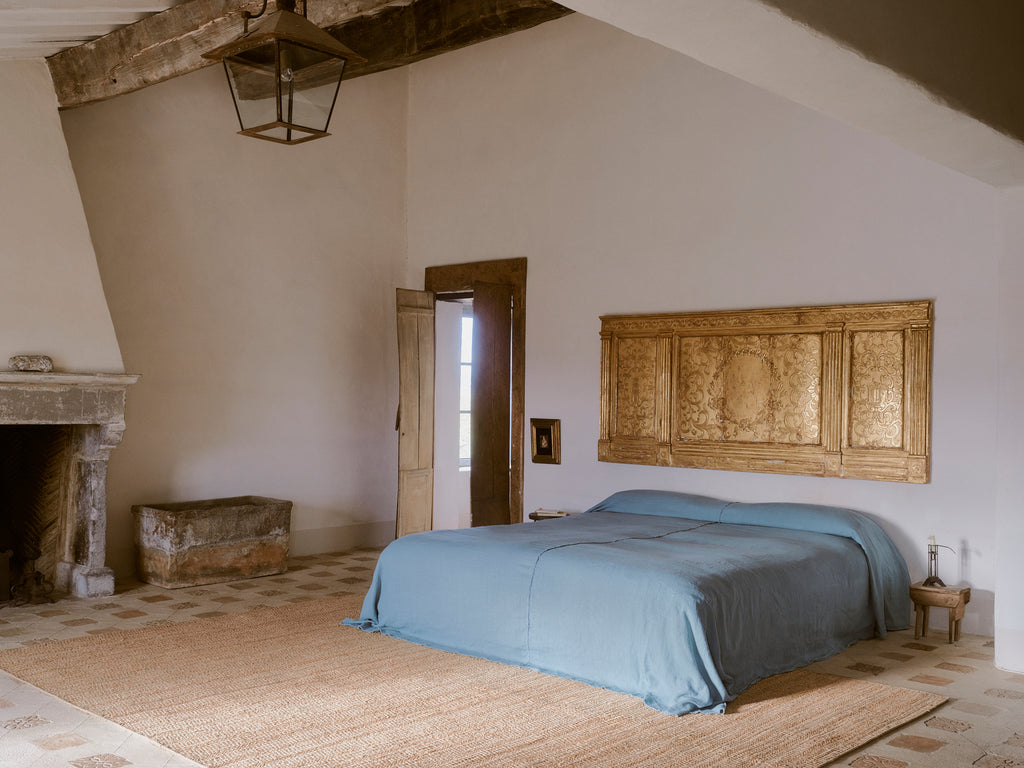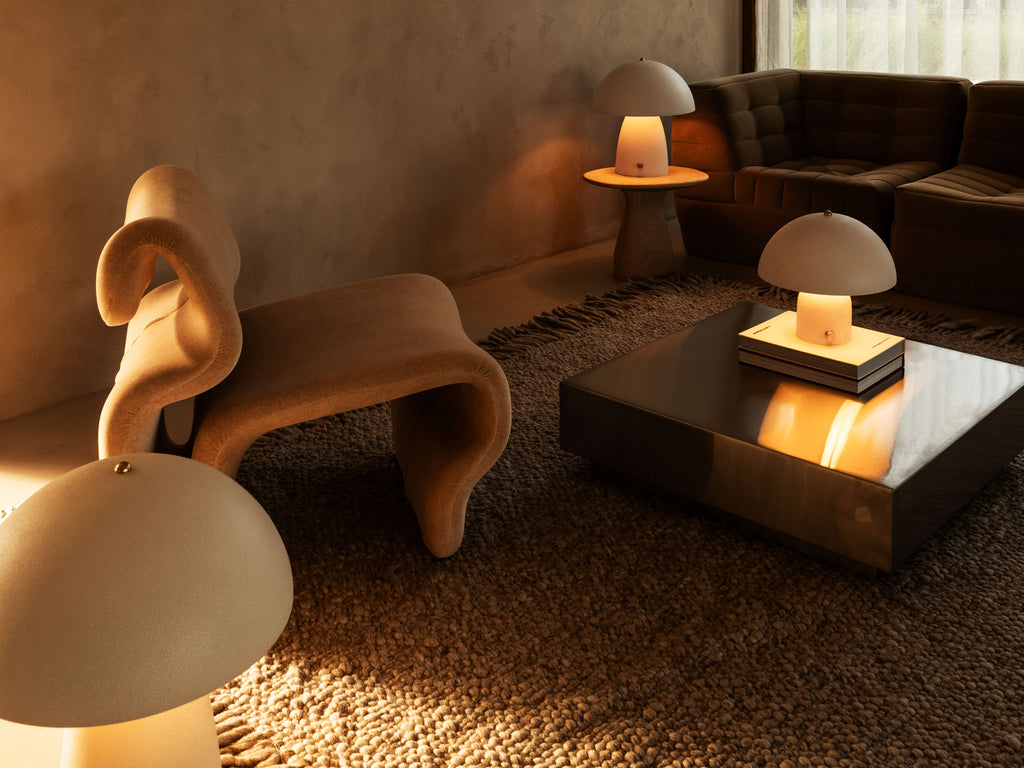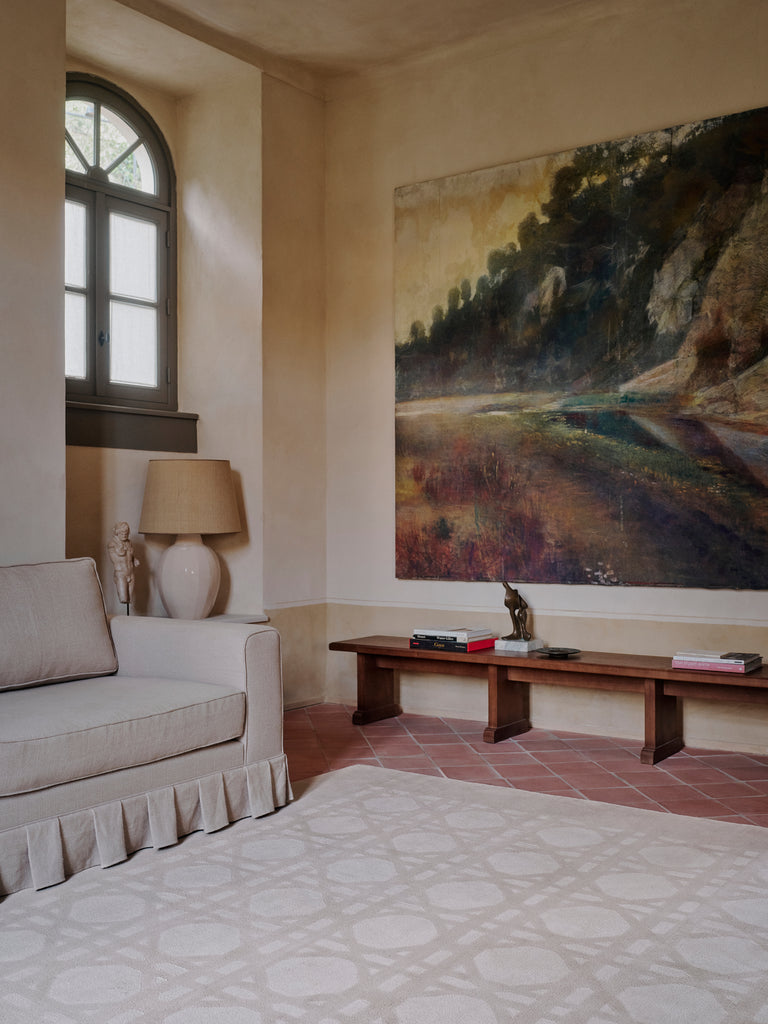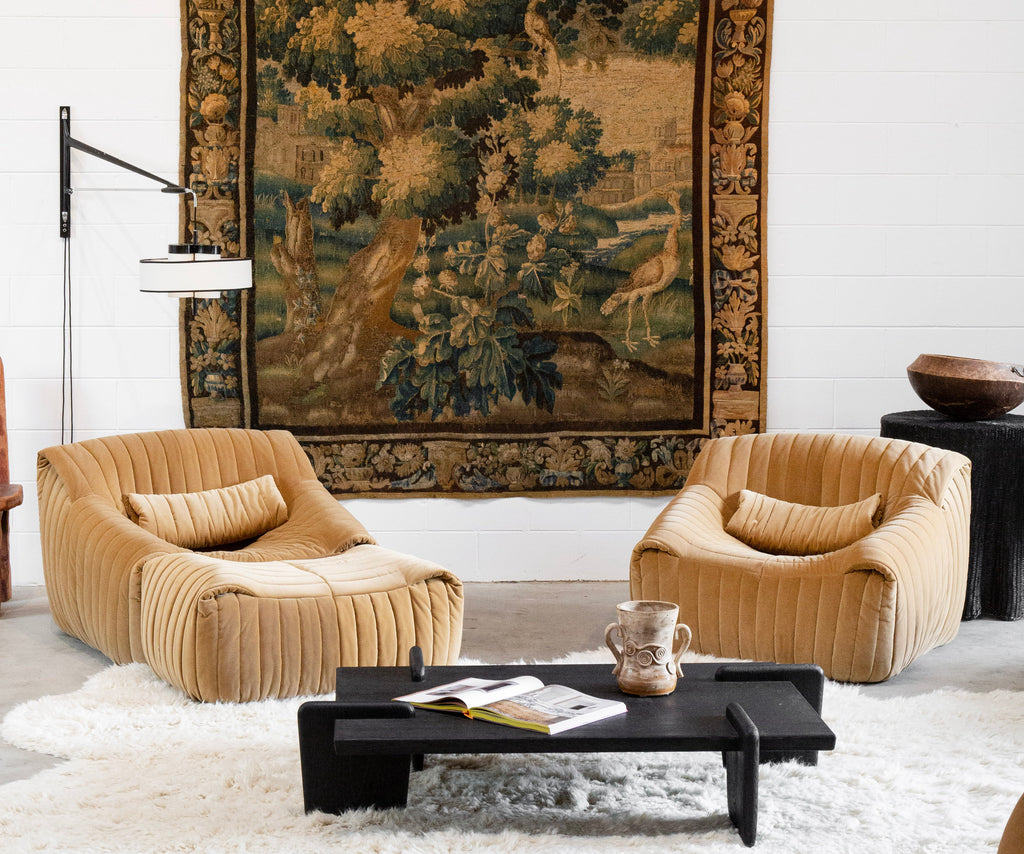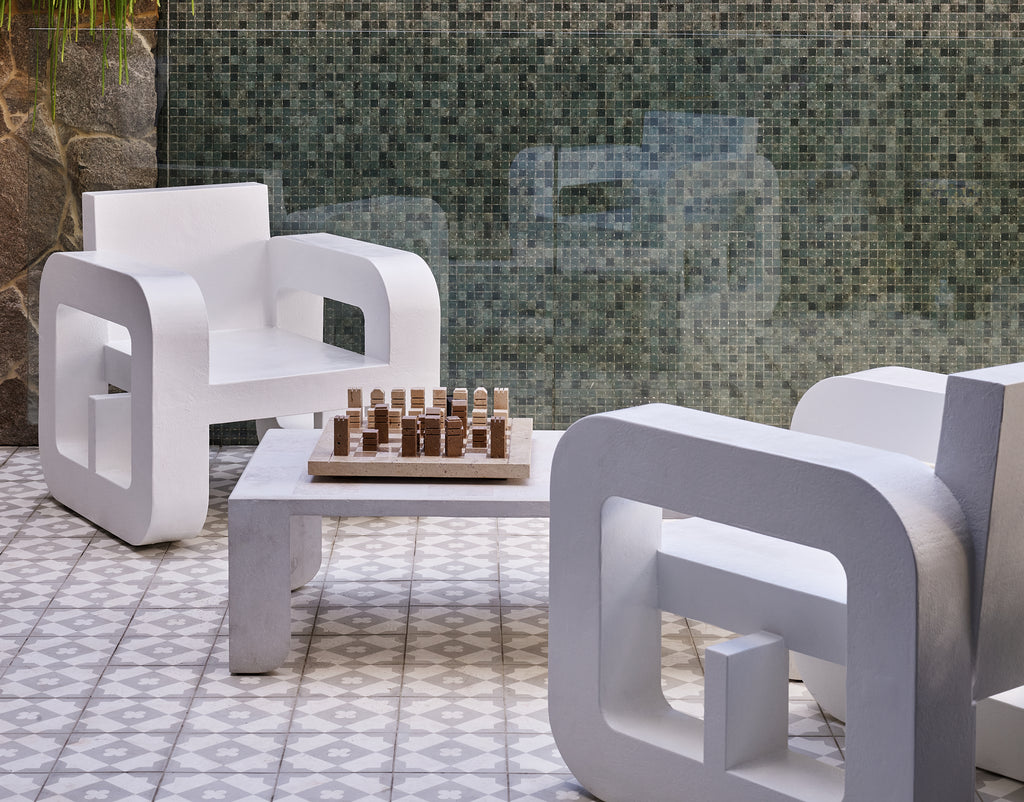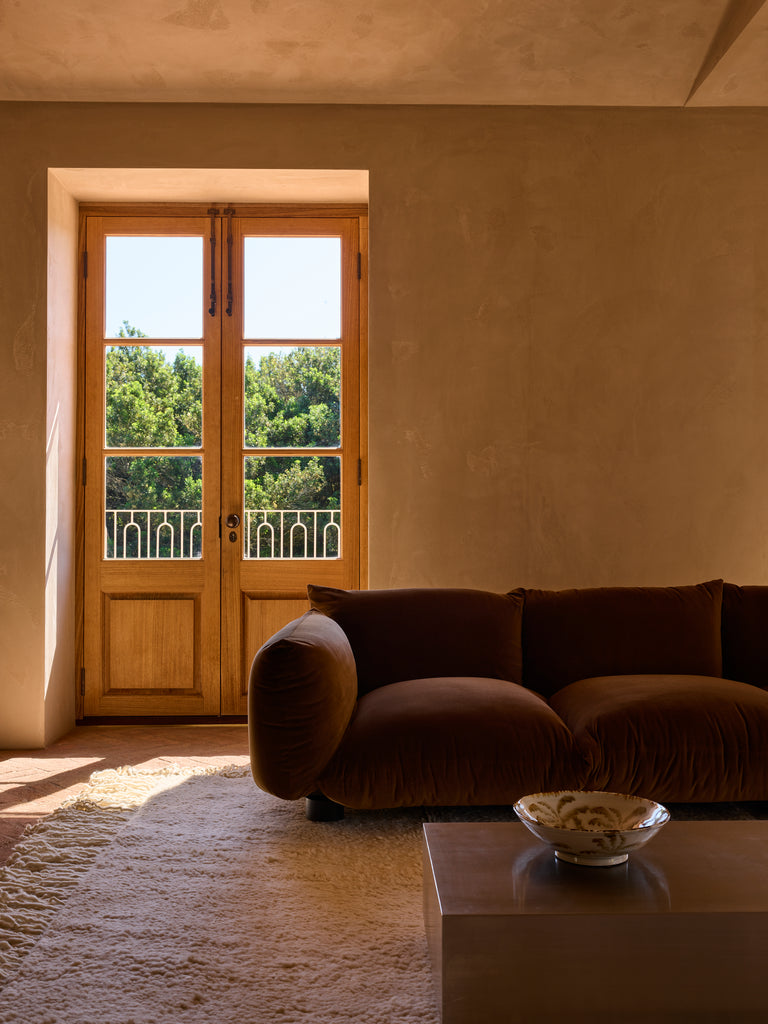
Tête-à-tête
Artist Clare Dubina
Clare Dubina is an emerging multidisciplinary artist, that draws influence from the shapes, lines, silhouettes, gestures and negative spaces of the female body.
Art has been many things to Clare throughout her life. As a child it was a means of communication beyond language with her family in Sri-Lanka, a drawing card that lead her to study Printmaking at the University of Arts in Philadelphia and a trajectory that has navigated her creative career towards becoming an artist full-time.
Clare’s transcendent representations of the female body in all of its forms is what lead us to her, as the first artist to join our Tigmi Virtual Art series.
We spoke to Clare in this transient time of her life, stepping away from her previous artistic role in visual merchandising and in to the shoes of a full-time artist.
When did you begin to create art, and how did it come about?
Art has been a part of my life since the age of five. My granddad used to put together small still lifes of nuts and bolts to teach me shading and perspective. In the late 80’s, I was part of a group of neighborhood kids that created a magazine to raise funds for famine relief. We each had a designated category, and I was given the jokes section to illustrate. My parents loved throwing parties, so I would be enlisted to draw all the signage to show people where to go and where the bathroom was etc. They also always had a rotating gallery of my drawings on the front panel of our kitchen bench, and continued to hang my high school and college art throughout the house. Art was also a big part in communicating for me when we would go visit my dad’s family in Sri Lanka. My cousins and I had no way of understanding each other, so we would sit playing with plasticine and drawing for hours just spending time getting to know each other in a different way. As an adult, my job choices were always creative in some way, I worked in a stationary store designing invitations, and then as a freelance fashion photographer and a content creator for a denim company in the U.S. For the past 8 years, I was creating paintings and sculptures for in-store visual merchandising at an Australian retail company.
What was your style like in the beginning, how has it evolved over time?
I didn’t really have a style in the beginning, but more the cohesive theme and inspiration of the female body, which I explored repeatedly and still do to this day. I was in the Printmaking program at University of The Arts (Philadelphia, PA), which in itself offered endless possibilities in techniques and processes that I was obsessed in combining. Each discipline inspired different outcomes - the Lithography technique was more detailed lifelike drawings, screen-printing taught me how to simplify, etching and lino relief showed me how to appreciate negative space, and monotype printing taught me to find unexpected textures. I also became really interested in photography and the non-silver techniques of cyanotype and Van Dyke printing, which really helped me see the body as fragments or landscapes. All of these influence my current body of work and the way it is resolved.
What would be your favourite part of the creative process?
My favourite part is seeing the potential within something partially finished or even something unsuccessful that I am in the process of erasing - whether it be a painting or reworking the clay. I try to stay inspired through my own path of work by evolving one piece into the next. I still refer back to my sketchbooks from twenty years ago when my mind wasn’t influenced by social media, and I was furiously writing down ideas without a filter or care of judgement and concern for livelihood.



As a multidisciplinary artist, a painter and a sculptor, are there any more mediums you’d like to try?
I’d love to give stone or wood carving a go! I’d like to see what direction my hands take me when it starts in block form, versus building from the ground up.
"I still refer back to my sketchbooks from twenty years ago when my mind wasn’t influenced by social media, and I was furiously writing down ideas without a filter or care of judgement and concern for livelihood."
How do you know when your artwork is complete?
I will never put anything out into the world unless I am happy with it living in my own space, no matter how many times family or friends say how much they like something as it is.




Is there a particular designer or artist whose philosophy you admire?
I admire the honest and raw philosophy of Bobby Clarke. She appreciates art for what it is and believes in calling a spade a spade, without the need for deep meanings and interpretations.
Describe to us your favourite space/corner of your home, what can we find there?
The light and plant filled living room is my favourite space in the house. I suppose if I had to label the aesthetic, it would be an eclectic and bohemian style - purely due to the fact it houses my loved, found and gifted objects from diverse cultures and origins. I have a large carved wooden vintage Indian mirror from a market, a South American tapestry found at Savers, a Kilim floor cushion that my rabbit used to sunbathe on, and a few African Tonga stools for the plants. It also showcases the beginnings of my own art collection, which started back in Uni with a self-portrait print by Robert Smith from The Cure. Since moving to Australia, I have collected pieces in various mediums from artists on my travels to Darwin, Nimbin, Mullumbimby and also from fellow local Melbourne creatives. It’s also the room where you will find two of my most treasured loves, our dogs Charlie and Zephyr, who are typically on neighborhood watch at the front window.
Take us on a journey to your studio, what sounds can we hear? Is there music playing, sounds of nature, or something else?
My painting studio is in the laid back multicultural Melbourne suburb of Brunswick in an old warehouse. It has about twenty other tenants of various disciplines in private 3 x 4 cubicles, with just the right amount of natural light streaming through the high windows. I’ve only been in there for a few months, but it has become such an integral part of my practice, enabling me to paint on a much larger scale and also to separate my work/life balance since transitioning to being a full-time artist. Due to the nature of the shared studio space, there is a comforting silence in the air as a quiet environment is required. I do occasionally throw the headphones on to listen to podcasts, but generally I just listen to my own thoughts and daydreams.
Tigmi is Berber for my home, what do you hope your artworks bring into the homes they are destined for?
I hope my pieces bring a sense of warmth and familiarity to a home, and that it continues through generations as they hopefully get passed down.
What's next for you Clare?
I’ve been working on a series of functional sculptural vessels that are an extension of my ‘Form’ series of paintings, which are unfortunately stuck in their greenware phase until lockdown is over and I can get them fired. I’d also like to take some time to play around with a new series of paintings.
_______
Tigmi are thrilled to be exhibiting Clare’s latest collection of works as the first artist in their Virtual Art Series.


